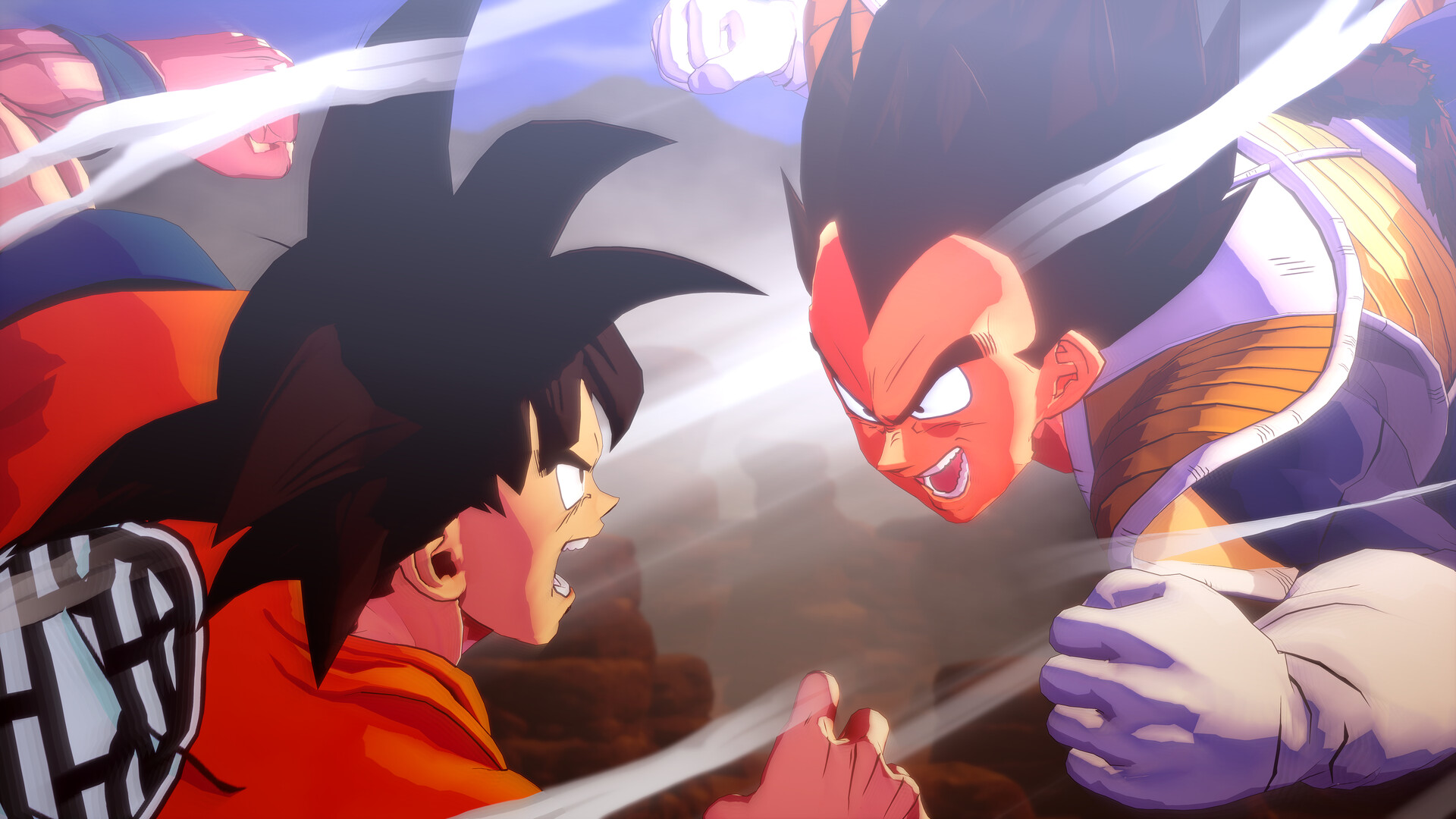
Welcome! This column is part of a series in which members of the Tom's Guide staff share what they're playing and enjoying right now, with the goal of helping you find great games that you might want to play next. Be sure to check out our last entry, where we talked about how the Brothers: A Tale of Two Sons remaster isn't as bad as you've heard.
Dragon Ball Z: Kakarot isn’t a great game. Sure, it does an excellent job of presenting the series’ storyline and delivering copious amounts of fan service. However, I never found its shallow combat and RPG elements all that enticing. It’s arguably the best Dragon Ball-related game after Dragon Ball FighterZ, but it doesn’t have the polish I expect from a high-profile title.
I didn’t think I'd ever play DBZ Kakarot again, but the unexpected death of Dragon Ball creator Akira Toriyama has compelled me to pick it back up. And you know what? It’s a fantastic way to mourn the legendary Japanese manga artist.
Akira Toriyama died on March 1 from an acute subdural hematoma, which is a type of brain injury. The world didn’t learn of Toriyama’s passing until March 8, which is also when I heard about the tragic loss. A week later, I and many others worldwide continue mourning and honoring Toriyama’s works — particularly Dragon Ball Z— in various ways. Some are doing podcasts about Toriyama, while others (especially in Latin America) have held large public gatherings to honor the creator.
Me? I’m remembering Akira Toriyama by replaying Dragon Ball Z: Kakarot.
Dragon Ball Z is a life-long obsession
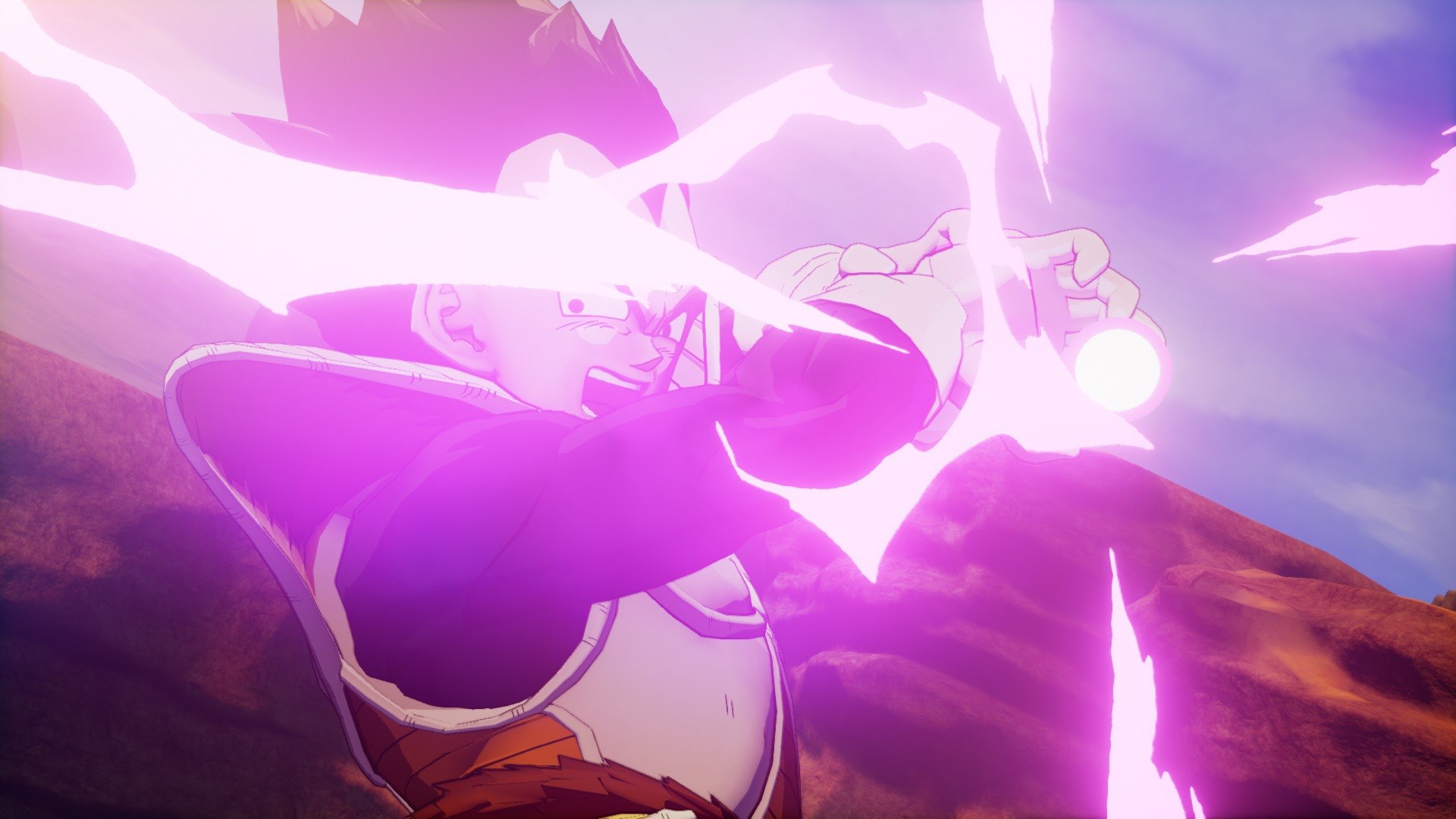
I’ve been a fan of Dragon Ball Z since 1994, a year before the show was localized in the United States. Back then, my friends and I bought third-generation bootleg fansubbed VHS tapes from an import store in Flushing Main Street here in Queens, New York City. After watching the seventh and eighth Dragon Ball Z movies (Super Android 13! and Broly: The Legendary Super Saiyan, respectively), I was hooked for life.
I’d go on to watch the entire series and all the movies — in addition to writing DBZ fanfic and drawing in Toriyama’s style. Dragon Ball Z was a big deal in my mid-to-late teens. Thirty years later, thinking or talking about DBZ not only makes me nostalgic but also gets me as hyped as the characters get when they’re about to fight. The manuscripts I’m currently working on (yes, I write for work and for fun) are also heavily inspired by Dragon Ball Z.
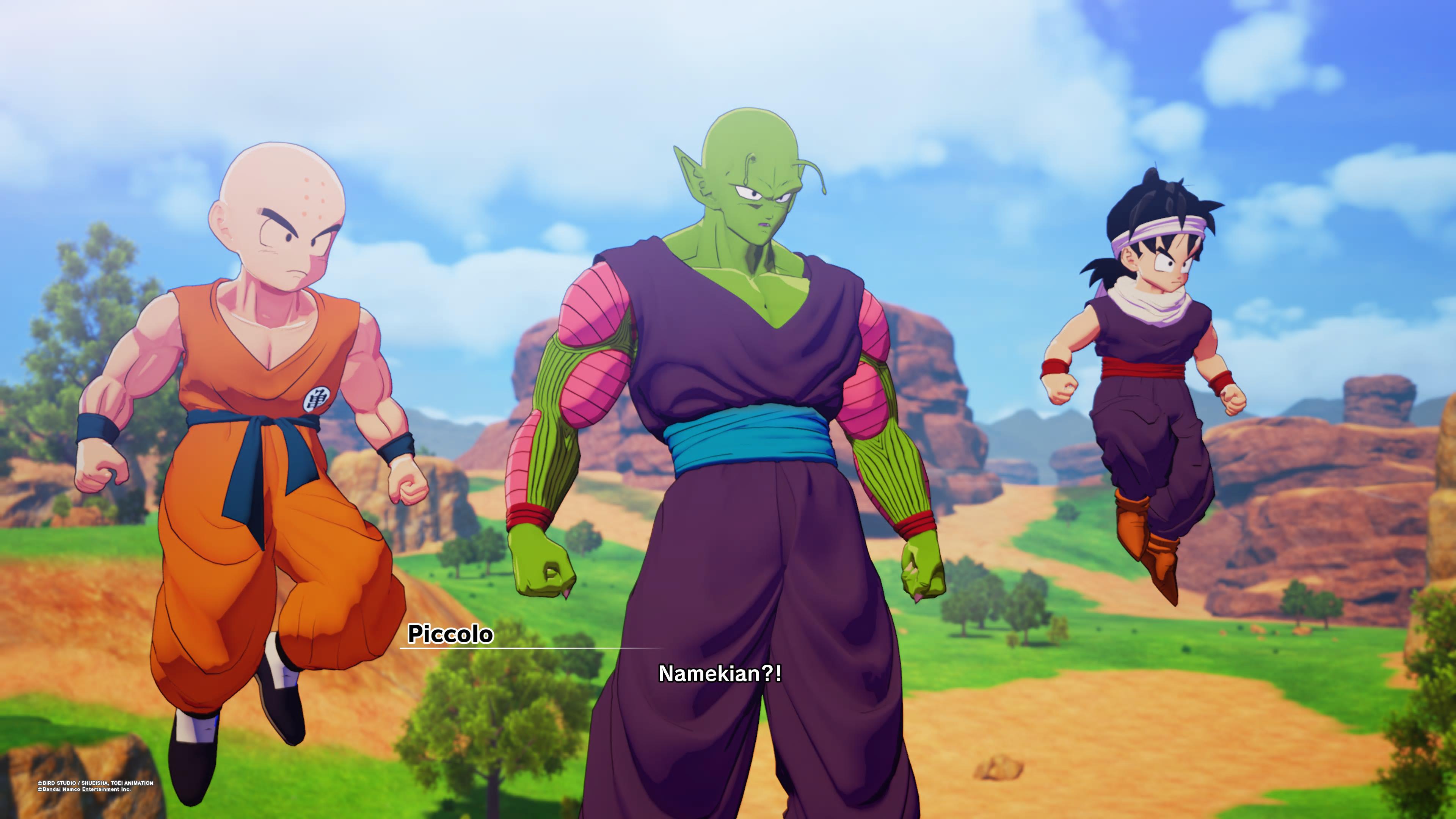
The franchise is also special to my two nephews. The oldest (now in his mid-20s) used to watch the show with me back when he was still in diapers. My youngest nephew is more into Roblox and Fortnite, but he also enjoys Dragon Ball Z. This is a story I’m sure many can relate to since the series is so beloved by generations of fans. Videos of tens of thousands of folks in Mexico City performing a Genki Dama spirit bomb attack at a public gathering prove the enduring nature of Dragon Ball.
My love for Dragon Ball Z has never diminished, which is why I’m still mourning for Akira Toriyama... and why I decided to replay Dragon Ball Z: Kakarot.
Dragon Ball Z: Kakarot — the best Dragon Ball experience
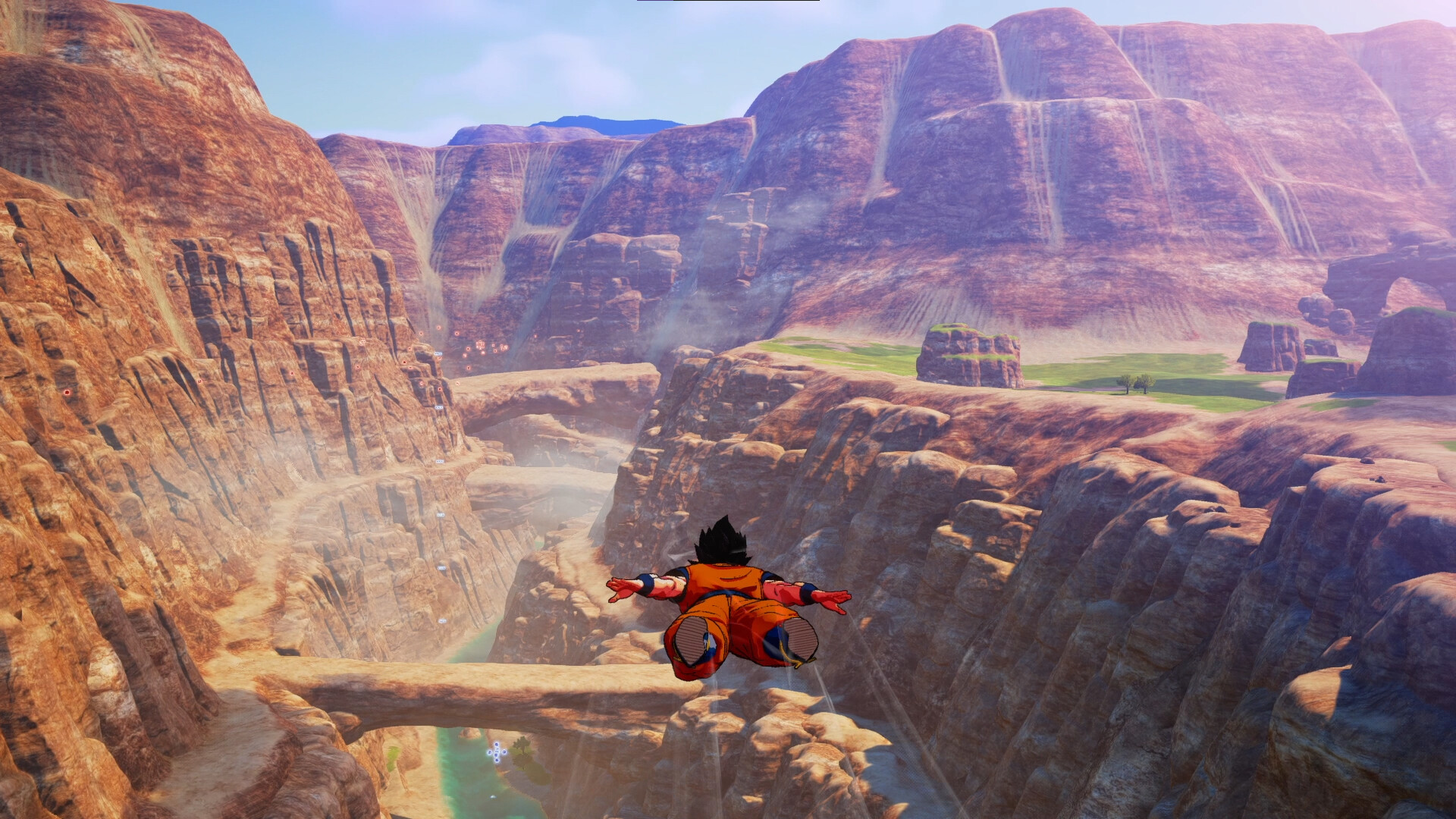
Though I love Dragon Ball Z, I can't say the same for its tie-in video games. The first I recall playing were Super Famicom (Super Nintendo) imports which were pale limitations of the then-popular Street Fighter II. Fans regard the Dragon Ball Z Budokai series among the best Dragon Ball games of all time, but those never clicked with me either.
The only title I emphatically love is Dragon Ball FighterZ, but that’s really because it’s an ArcSystemWorks fighting game, not because it’s Dragon Ball. Regardless, I’m not a fan of Dragon Ball or anime games as a whole, despite my adoration for the series and genre.
I didn’t hate Dragon Ball Z: Kakarot when I reviewed it during my freelancing days, but I also wasn’t inspired to continue playing beyond the Frieza Saga portion. I found the combat controls too imprecise, and the RPG elements weren’t exactly deep. The open-world maps also didn’t have much happening in them beyond having you collect orbs randomly strewn throughout the place.
That said, I liked seeing iconic moments from the anime and manga series recreated with the game’s graphics, which faithfully recreated Akira Toriyama’s distinct art style.
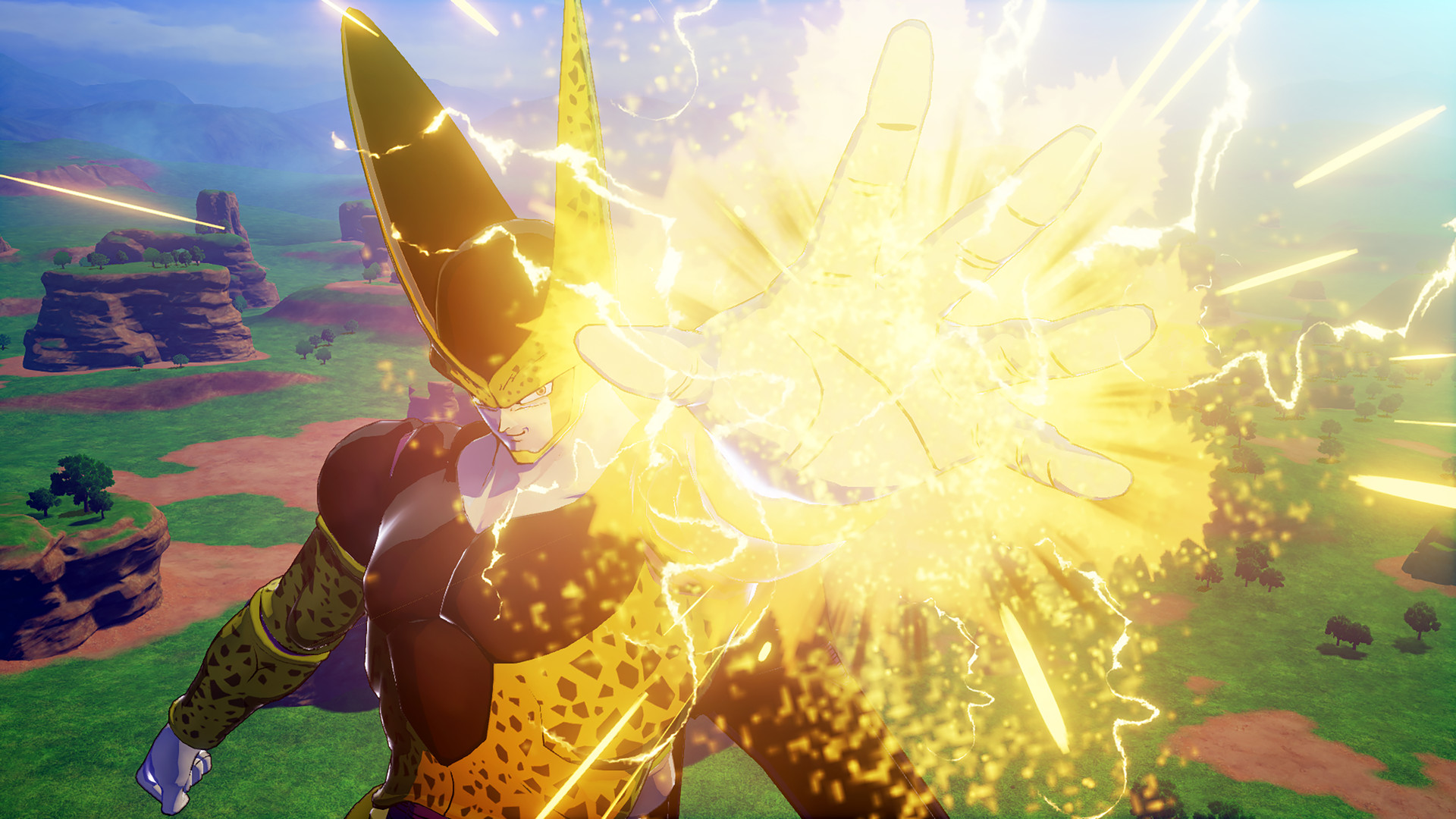
So why am I replaying Dragon Ball Z: Kakarot instead of Dragon Ball FighterZ? While flawed, the game succeeds at immersing you in the world Akira Toriyama created. The graphics play a huge part in this, but so does the soundtrack which both recreates and remixes the anime’s unforgettable music. Despite its whimsical and overdramatic nature, the fictional Dragon Ball Z world feels alive and vibrant in this game. The sense of familiarity it conjures is also impressive, even when you’re experiencing elements not found in the original series.
I didn’t see or appreciate it before, but I now think Dragon Ball Z: Kakarot is arguably the best representation of the franchise’s unique setting — and of Akira Toriyama’s boundless imagination. Every inch of this game oozes with his art’s charm. Again, it’s not amazing, and we may get an even better version of the Dragon Ball world in the future. Flaws and all, Dragon Ball Z: Kakarot is the best way to experience the series beyond the page and screen.
Thank you, Akira Toriyama
Dragon Ball Z: Kakarot is not perfect. In many ways, it’s the epitome of a middle-of-the-road video game. It isn’t doing anything revolutionary, but it’s also not trying to do so. Kakarot exists purely for long-time fans of Dragon Ball — and it's perhaps the best video game interpretation of the franchise’s fantasy world. If you’re a Dragon Ball fan, you’ve probably played and replayed this title dozens of times. But if you’ve just gotten into the series and want to dive a little deeper, then Kakarot is worth checking out.
The best thing I can now say about Dragon Ball Z: Kakarot is that it’s a brilliant homage to Akira Toriyama and the world of Dragon Ball he created.







